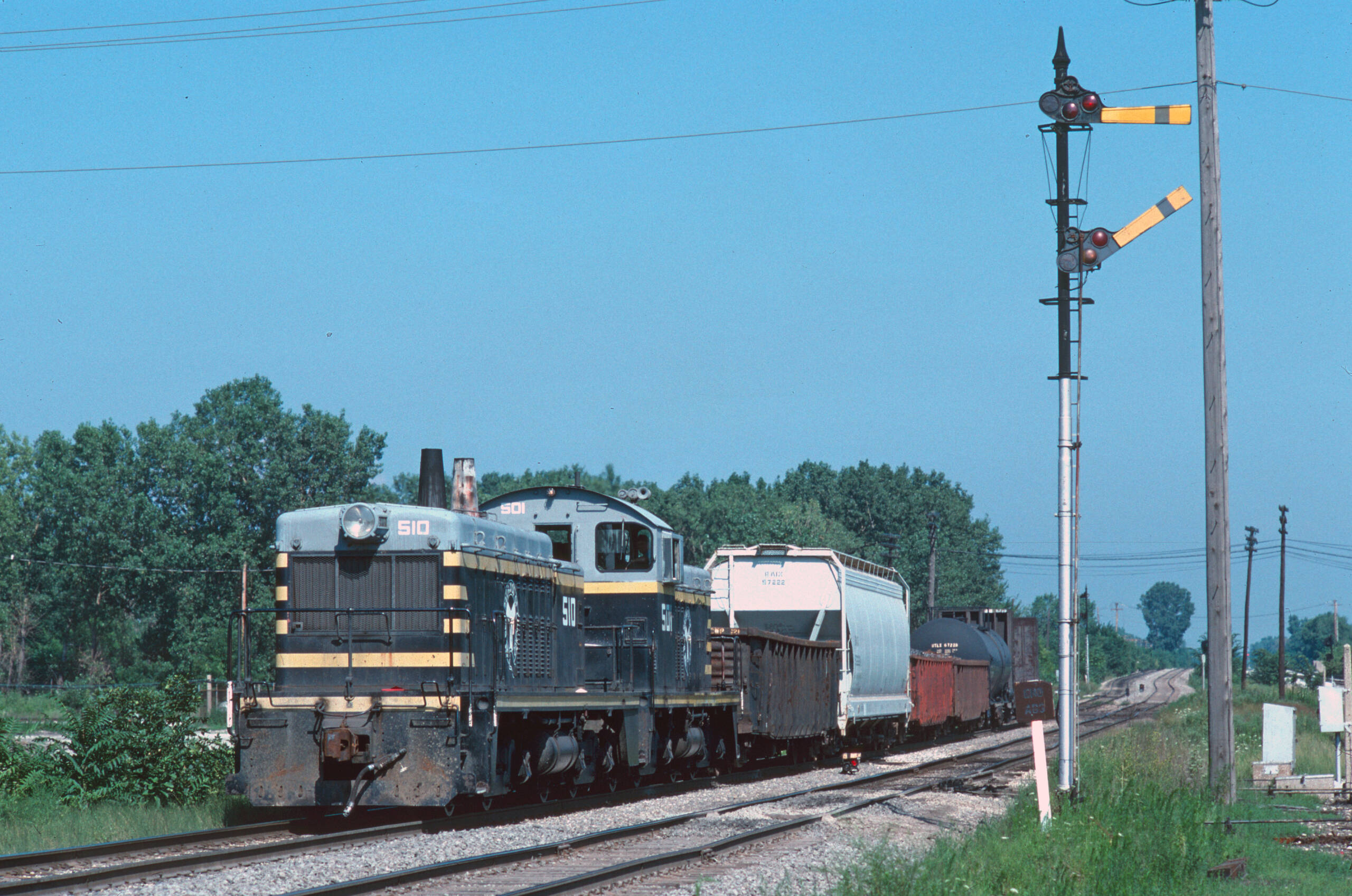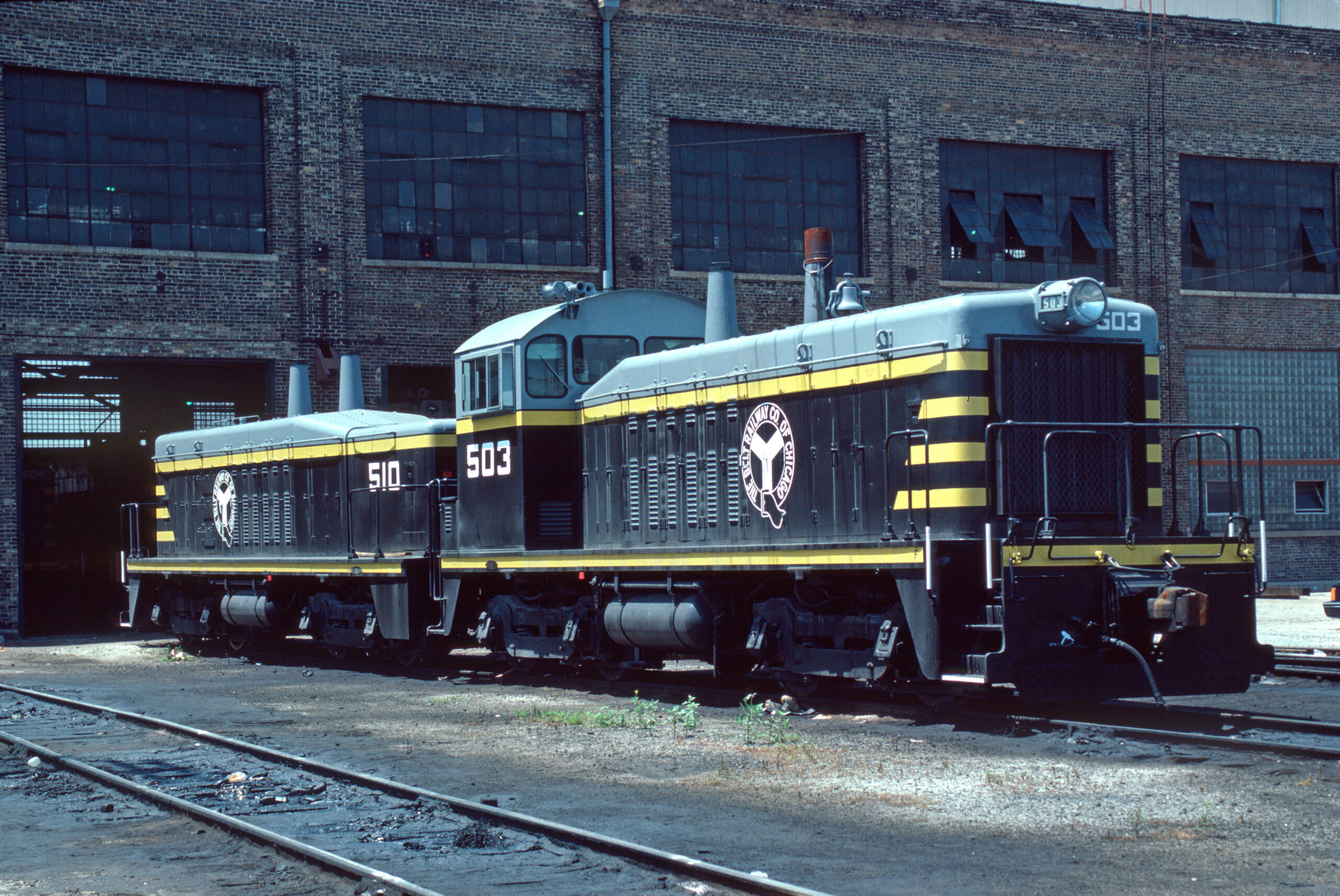Transfer locomotives
Transfer runs are trains that move cars from one freight yard usually to a nearby yard of another railroad (but not always).
Early in dieselization, three of the major builders marketed locomotives built specifically for such service, called transfer locomotives, which demanded a lot of pulling power but not much speed.
Transfer units came in two distinct types. Baldwin and its future merger partner Lima-Hamilton constructed transfer units with two high-horsepower (for the time) diesel engines sitting on one elongated frame, six driving axles, and low-speed gearing, but often lacking multiple-unit controls and dynamic braking. Transfer units were often ballasted more, giving them the ability to haul more freight than other units that weighed less.

Between 1946 and 1954, Baldwin built 70 six-motor units in the 2,000-2,400 hp range, and Lima-Hamilton built 22 2,500 hp center-cab transfer locomotive. Besides transfers, these units worked other similar jobs, such as helper service and hauling heavy low-speed loads.
Only one of these impressive locomotives survives, a Minneapolis, Northfield & Southern Baldwin at the Illinois Railway Museum.

Electro-Motive’s contribution to the transfer locomotive market were modified versions of its standard NW and SW four-axle switchers — giving them “TR” designations. These were built in a “cow and calf” (or sometimes “calves”), where one standard cab switcher controlled a consist that included one or two units without cabs. These were essentially the switcher version of “A and B” streamlined cab units that were being built at the same time.
In addition to its big center-cab transfer locomotives, Baldwin also produced a small number of cow-and-calf switcher sets for the Oliver Mining Co.
Even with mergers and runthrough freight trains, transfer runs still are common, especially in larger cities between railroads or transfers from one yard to another on the same railroad.
Current examples include transfer runs between BNSF’s Minneapolis Yard and CPKC’s yard in St. Paul. And these operations are not limited to Class I lines. In Indianapolis, Indiana Rail Road has a morning transfer to CSX’s yard to drop off and pick up cars.
The EMD and Baldwin transfer locomotives built in the 1940s and 1950s are long gone from today’s operations. As newer generations of diesels were built, older power often cascaded into transfer (and switching) roles, reducing or eliminating the need for purpose-built transfer power in many locations. This saves money and increases flexibility, since the need to buy specialty power has become unnecessary.

Trains Correspondents Scott A. Hartley and Chris Guss assisted in the rewrite of this article that was originally published on May 1, 2006.













